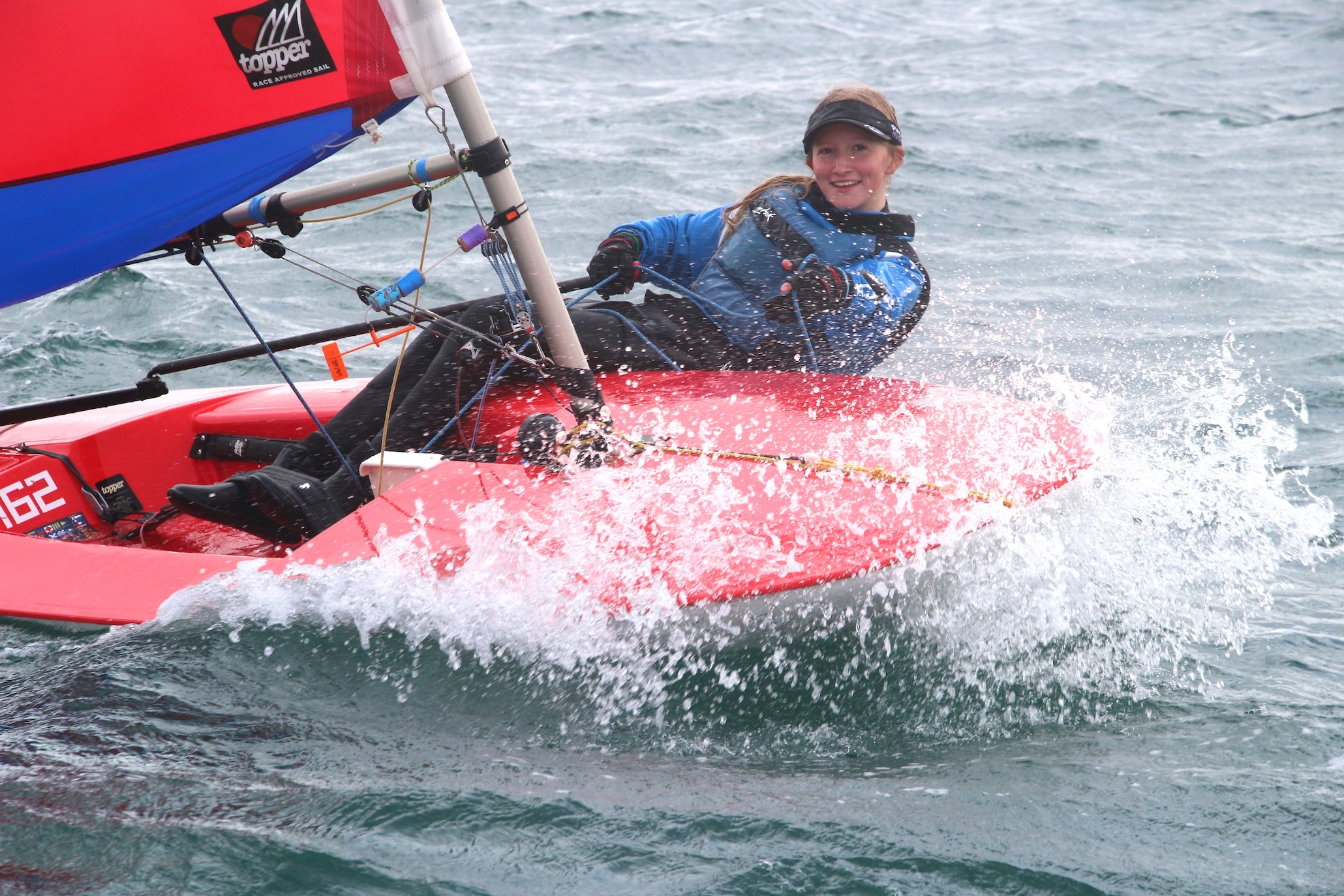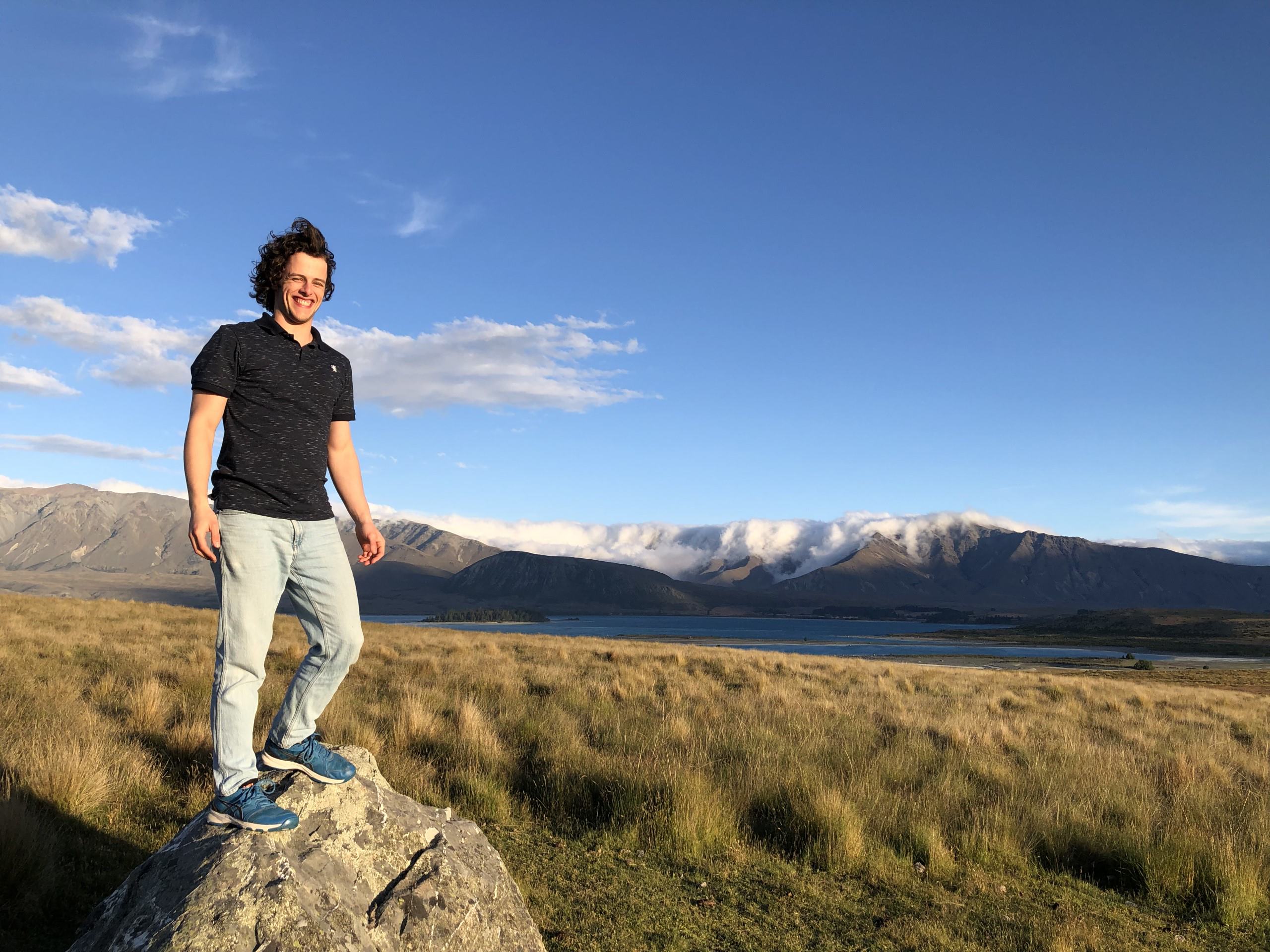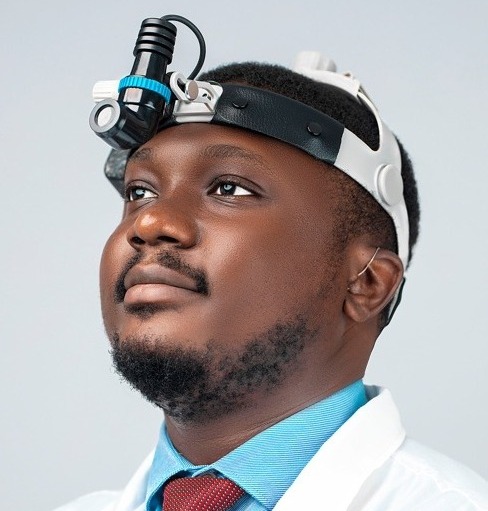
Ask Anna: Does COVID-19 cause hearing loss?
August 21, 2020
Raising your child to be comfortable with hearing loss
August 26, 2020Working at Sonova: Q&A with Stephanie Pluess

Growing up, I did not meet many other people with hearing loss.
I was missing this connection of sharing similar experiences and having mutual understanding when it comes to living with hearing loss. It was not until I began working at Sonova where I came into contact with others with hearing loss, all with different backgrounds and interests.
Sonova, headquartered in Switzerland, is a company that develops and provides hearing care solutions. These solutions are in the form of hearing aids, cochlear implants, digital solutions, among others. There are multiple brands under Sonova, including Phonak, Unitron, and Advanced Bionics.
I am always amazed at what we can achieve, even with hearing loss acting as an obstacle. Everyone’s story is unique. I am here to highlight those with hearing loss working at Sonova and how they contribute to the development of hearing solutions, starting with Stephanie Pluess.
Working at Sonova as an employee with hearing loss
Stephanie is a Quality Assurance Manager at Sonova. She was diagnosed with profound hearing loss ten months after treatment with extracorporeal life support. She was 20 years old at the time. That same month she was fitted with her first pair of behind-the-ear (BTE) hearing aids and an FM system. Stephanie went from normal hearing to profound hearing loss in a matter of months. About 24 years later, Stephanie pursued a cochlear implant. She transitioned from being a bilateral hearing aid user to a bimodal user.
Jacqueline: Stephanie, thank you so much for joining me!
Stephanie: Hi Jacqueline. It is a pleasure to be here.
Jacqueline: You have been working for Sonova for 5 years! How did you come to work for Sonova?
Stephanie: This is a funny story. Someone sent me a job description for a Documentation Manager position within the research and development (R&D) department at Phonak. Included with the email was a single sentence, “I know you love your Phonak hearing aids.” It’s true, I have been pitching Phonak hearing aids since 1993!
Jacqueline: Wow, you have been a Phonak hearing aid user for 27 years! Impressive. I also received my first hearing aids 27 years ago, but I have not been as loyal. Stephanie, what does it mean to be a Quality Assurance Manager?
Stephanie: I make sure the solutions we develop are in compliance with medical device regulations. They must pass safety standards before they can be fitted on hearing aid users.
Jacqueline: About 2.5 years ago, you received a cochlear implant. How was the transition?
Stephanie: Difficult. I had a hard time communicating with others what my needs were as a new bimodal user. Stimulated hearing is not the same as acoustical hearing. I needed time to adapt and find the confidence to speak out when I am not hearing well. After two years, I feel more confident. Sounds lost to me over 20 years ago have returned and I am finding stability in my fitting.
“I needed time to adapt and find the confidence to speak out when I am not hearing well.”
Jacqueline: It is true that it takes time to adapt to a cochlear implant and adaptation time varies per person. For me, it took about six months to one year before I felt confident as a bimodal user. Your native language is English, but you also speak German and Japanese. Does your hearing loss impact your ability to communicate in other languages? Any tips?
Stephanie: Since going bimodal, I have lost trust in my ability to hear German, but I am working to rebuild my listening abilities. My main strategy for learning languages is watching movies or shows with subtitles. What is also important is to use the language every day. As for my Japanese, I stopped using it about 15 years ago. I can only communicate in the form of polite requests. My long term goal is to go back to Japan and learn again. It is never too late!
“My main strategy for learning languages is watching movies or shows with subtitles.”
Read more: 3 Tips for Learning a Language With Hearing Loss
Jacqueline: What strategies do you have when communicating with your husband and children?
Stephanie: There is one rule, make it visual. This includes notes, pictures, even pantomime! With my husband, I repeat back to him what I understood, which is effective in reducing miscommunication between us.
Jacqueline: These are great communication tips! What my partner and I do is make sure we are in the same room when conversing, instead of shouting from different rooms. You live a very active lifestyle doing yoga, cycling and skiing. How do you keep your hearing aids free from moisture damage?
Stephanie: Routine is key. Every night, I clean the earpiece on my hearing aid, and place the hearing devices into a drying box overnight. I make sure to change my hearing aid tubing every two months. This routine did not come automatically. It was a colleague who taught me. I was unaware of how little attention I gave to my devices and how lack of care affects hearing performance.
“Routine is key. Every night, I clean the earpiece on my hearing aid, and place the hearing devices into a drying box overnight.”
Jacqueline: It is important to keep your hearing devices in good condition. I also put my hearing devices in a drying box overnight. How do you overcome communication challenges when doing sports?
Stephanie: I bring a Roger microphone with me. In yoga, I place the microphone near the teacher. When skiing, my friends and I have developed hand signals to communicate, such as waving an arm left for taking the slope to the left.
“When skiing, my friends and I have developed hand signals to communicate, such as waving an arm left for taking the slope to the left.”
Jacqueline: We all find our creative ways to communicate with others. Stephanie, thank you for sharing your story with us.



